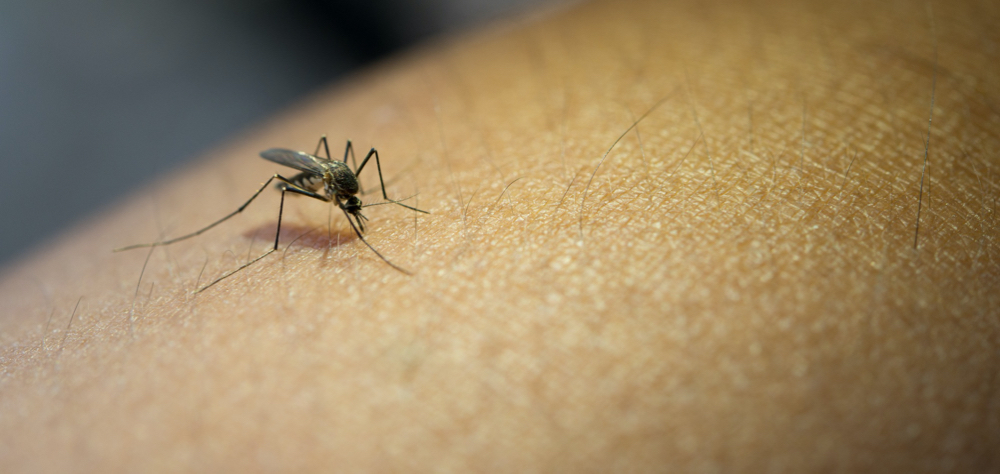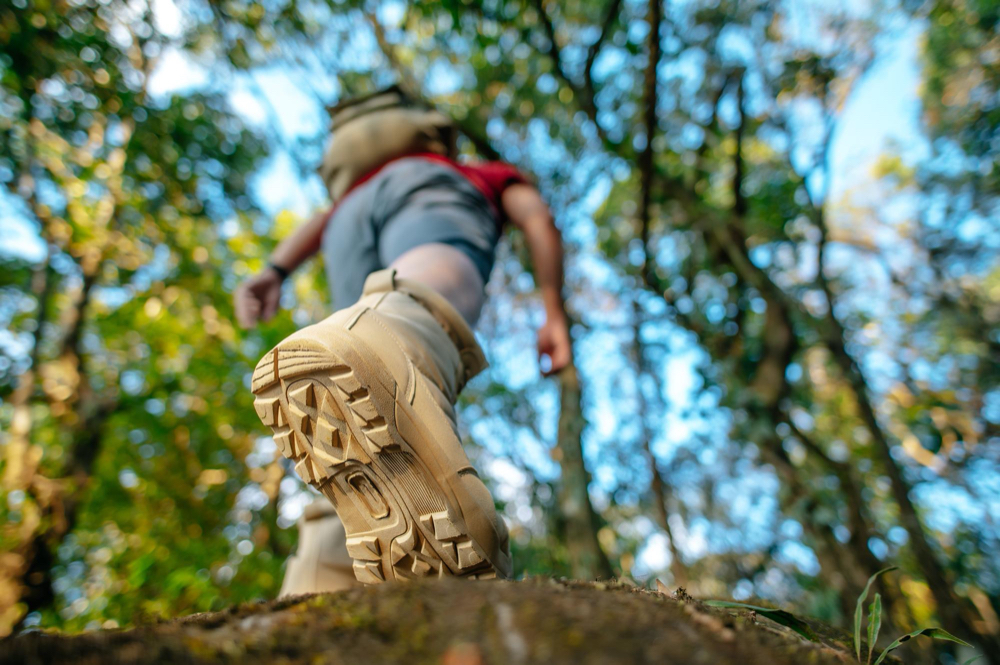- Fast results
- 4,000+ locations
- 4.8 star rating
Need Help? (888) GET LABS


Exposure to infected deer ticks may lead to Lyme disease. Thus, a crucial part of the infection’s preventive measure is to avoid tick bites at all costs.
And while the condition itself can be daunting, Lyme disease prevention in humans can be done in simple ways. These include wearing protective clothing and insect repellant, as well as learning about places prone where deer ticks are commonly found.
Learn more about tick bite prevention as you read on.
| Lyme disease defined: It is an infection caused by Borrelia burgdorferi, which is transmitted by infected black-legged ticks (aka deer ticks). It is diagnosed through an antibody blood test. People with Lyme disease develop fever, headache, fatigue, and a skin rash called erythema migrans. |

Several places in the US are known to be hotspots of infected deer ticks, wherein Lyme disease is prevalent, especially between April to November.
According to the Centers for Disease Control and Prevention (CDC), Lyme disease is more common in the Northeast and Midwest.
In its 2020 complete surveillance data, the states with the highest incidence of Lyme disease were Pennsylvania, New Jersey, and New York. In comparison, those with the highest Lyme disease rates were Maine, Rhode Island, and West Virginia.
When planning to take a trip in these areas or any state during the tick season, check out any warnings from CDC. Head to their website and verify if your destination is a hotspot. This will determine how much preparation you’ll need for Lyme disease prevention.

Deer ticks are commonly found in moist shady areas, typically clinging to long grass, shrubs, and bushes. To avoid ticks, you must ensure you have less exposure to these spots when hiking.
During tick season, follow the trail established in the national park or designated trekking area. These trails are often pre-pruned and cleared for a safe hike. On top of that, follow any health advisory or specific guidelines provided by the state or local authorities regarding the trail hike.
It may also help to check the local chamber of commerce or clubs for news about deer tick prevalence. For example, if you plan to take the Appalachian trail, check out websites like the Appalachian MTN club.

A crucial part of a deer tick bite prevention is using insect repellent when you’re outdoors. For deer ticks carrying Lyme disease, get repellents that contain active ingredients approved by the Environmental Protection Agency and supported by the CDC.
The most common of these ingredients is DEET, which is widely available in many insect-repellent products in the form of sprays, lotions, roll-ons, etc.
These products remain effective against ticks carrying Lyme disease and Rocky Mountain fever, as well as diseases carried by mosquitoes like malaria and Zika virus infection.
Other EPA-approved active ingredients found in deer tick repellent for humans include oil of lemon eucalyptus (OLE), IR3535, 2-Undecanone, and picaridin.
When staying in a hotspot, make sure to apply insect repellent to your skin and clothing before heading outdoors. If you’re using a spray, avoid directly getting it to your face. Add some to your palm and gently pat it on your skin. Avoid the eyes and mouth.
It’s also a good idea to treat your clothes, shoes, hat, and outdoor gear with permethrin – another insect repellent that works against deer ticks.

Choose clothing that covers your skin when going hiking or staying outdoors in a Lyme disease hotspot. Wear long pants, socks, and a long-sleeved shirt tucked into your pants.
Avoid wearing clothes with holes in them or those designed to look like a mess. Otherwise, you might harbor young ticks that are only as big as a poppy seed.
Also, wear light-colored clothes. This will make it easier to spot crawling ticks than when you’re wearing clothes with darker fabrics.

Soon after you return from going outdoors, check your clothes for ticks. Then take a shower immediately and examine your body. Look under your arms, near your ears, around your hair, at the back of your knees, and even inside your belly button.
When washing your clothes, use hot water to kill off any clinging ticks on the fabric. Set your dryer to high heat when drying your clothes to clear any surviving deer ticks.

If you brought your dog, cat, or any pet on the hike, make sure to check for ticks on them as well. Otherwise, you may inadvertently bring the infected tick into your home or yard.
Dogs are particularly prone to tick bites that lead to Lyme disease. Although it may take time for symptoms to develop, dogs can experience fever, kidney problems, joint pains, loss of appetite, and lack of energy.
Did You Know? Veterinarians have specific tests for Lyme disease for dogs, much like humans have. When choosing the right blood test for Lyme disease, consult a healthcare provider, either via a walk-in appointment in the clinic or through virtual doctor consultation.
Antibiotics are by far the only treatment for Lyme disease. These include amoxicillin and doxycycline, oral antibiotics that kill off Borrelia burgdorferi, the causative microbe for the disease. In most cases, these oral antibiotics are effective during the early stages of Lyme disease. Antibiotic therapy is typically prescribed for those at a later stage, wherein complications have set in.
The best way to protect yourself from Lyme disease is to lessen your exposure to infected ticks by avoiding places known to be its hotspots. If you must visit these areas, your best defense against Lyme disease is to come prepared. Make sure you wear clothing that can effectively protect you from tick bites. Apply a tick repellant to your skin and check for ticks occasionally.
Acquiring Lyme disease is relatively easy if you’re exposed to infected ticks, which typically swarm in shrubs or tall grasses. If you love hiking in areas known for ticks, you have a higher risk of developing this condition than those who stay in a city with zero reputation for Lyme disease.
The CDC suggests taking a single prophylactic dose of doxycycline to lower your risk of developing Lyme disease after a tick bite. This is particularly recommended to individuals living or visiting a hotspot. For the proper dose, connect with your healthcare provider.
Prevention of Lyme disease begins with awareness and choices. If you know you are at risk for tick bites in areas where the condition is prevalent, you should take the necessary precautions when out in nature. Putting it simply, a projected exposure to tick bites should warrant better research and understanding of ways to prevent Lyme disease.

© Copyright 2025 Personalabs. All Rights Reserved.